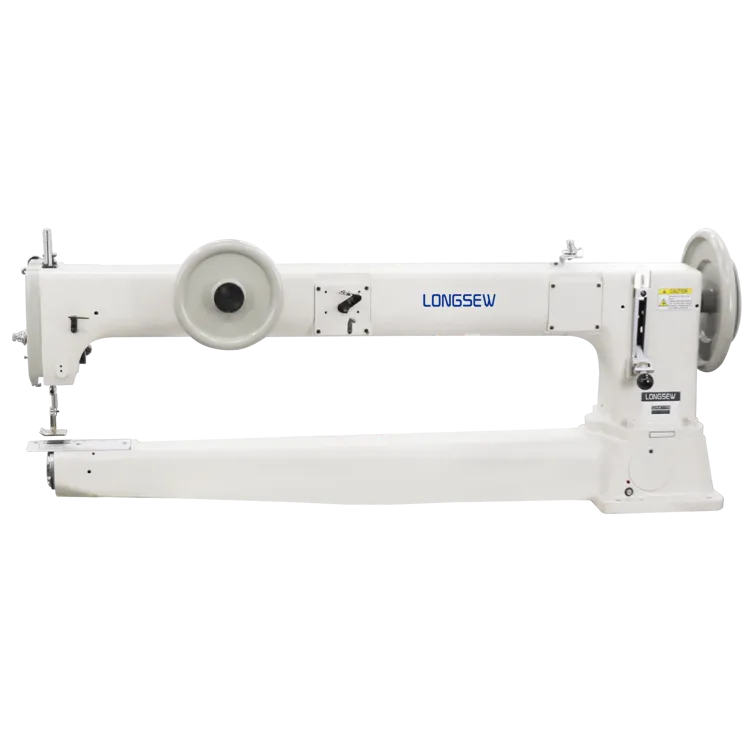Techniques for Sewing Heavy Fabrics with Precision and Ease for Smooth Results
Stitching Thick Fabric A Comprehensive Guide
Sewing can be an enjoyable and rewarding hobby, especially when you take on the challenge of working with thick fabric. Whether you’re crafting a sturdy tote bag, a cozy quilt, or durable outdoor gear, understanding the techniques and tools necessary for stitching thick materials is essential to achieving professional results. In this article, we will explore the methods and tips for sewing thick fabric effectively.
Understanding Thick Fabric
Thick fabrics can include anything from canvas, denim, and wool to multiple layers of lighter fabrics. These materials are often used in projects requiring extra durability, sturdiness, or warmth. However, stitching them presents unique challenges compared to working with lighter textiles. The key is to equip yourself with the right tools and techniques to ensure smooth sewing.
Choosing the Right Tools
1. Sewing Machine Not all sewing machines are created equal. For working with thick fabric, consider using a heavy-duty sewing machine designed to handle multiple layers and heavy materials. Look for machines with a strong motor and a walking foot, which helps feed multiple layers evenly.
2. Needles Selecting the right needle is crucial. Universal needles may struggle with thick fabric, so opt for heavy-duty needles or denim/jeans needles. These needles are designed with a thicker shaft and a wedge-shaped tip, allowing them to pierce heavy materials without bending or breaking.
3. Thread Use heavy-duty thread to complement your thick fabric. Polyester thread is a good choice for its strength and durability. Avoid cotton thread as it may not withstand the stress and strain of heavy-use projects.
4. Pins and Clips Regular pins may not hold thick layers securely. Instead, use extra-long sewing pins or specialized fabric clips to keep your fabric layers together without causing damage.
stitching thick fabric

Preparing Your Fabric
Before you start sewing, prepare your thick fabric properly. Pre-wash and pre-shrink your fabric to prevent any unforeseen shrinkage post-construction. Press the fabric with a steam iron to ensure that it’s flat and easier to work with. If the fabric is especially bulky, consider using a rotary cutter and mat to make precise cuts.
Sewing Techniques
1. Stitching Use a longer stitch length when sewing thick fabric. Short stitches can create tension and make it harder for the machine to feed the fabric smoothly. A stitch length of 3.0 to 4.0 mm is typically recommended for heavy fabrics.
2. Seam Types Choose your seam type carefully. For added strength, consider using a flat-felled seam or a French seam. Both offer durability and can handle stress well, making them ideal for thick fabric projects.
3. Sewing Layers When working with multiple layers, keep in mind to sew slowly and provide extra support. If you encounter a thick intersection where several layers meet, consider hand-cranking the machine for precision at those points.
4. Finishing Edges Raw edges can fray and create unsightly seams. Use a zigzag stitch, overlock, or bias binding to finish edges and ensure your project lasts.
Conclusion
Stitching thick fabric may come with its challenges, but with the right tools, preparation, and techniques, it can also be incredibly rewarding. By following the tips outlined in this guide, you’ll enhance your sewing skills and create projects that are not only functional but also aesthetically pleasing. Remember to practice patience and take your time, as mastering the art of sewing thick fabric can lead to beautiful, lasting creations. Happy sewing!
-
Heavy Duty Leather Sewing Machine: A Must-Have for Professional LeatherworkNewsMay.28,2025
-
Leather Sewing Machine: Essential for High-Quality LeathercraftNewsMay.28,2025
-
Extra Heavy Duty Sewing Machine for Premium Leather ApplicationsNewsMay.28,2025
-
Walking Foot Cylinder Arm Sewing Machine: Precision and Power CombinedNewsMay.28,2025
-
Industrial Cylinder Arm Sewing Machine: Engineered for High-Performance StitchingNewsMay.28,2025
-
Cylinder Bed Sewing Machine: A Powerful Solution for Precision StitchingNewsMay.28,2025
-
Zigzag Sewing MachineNewsMay.12,2025





























